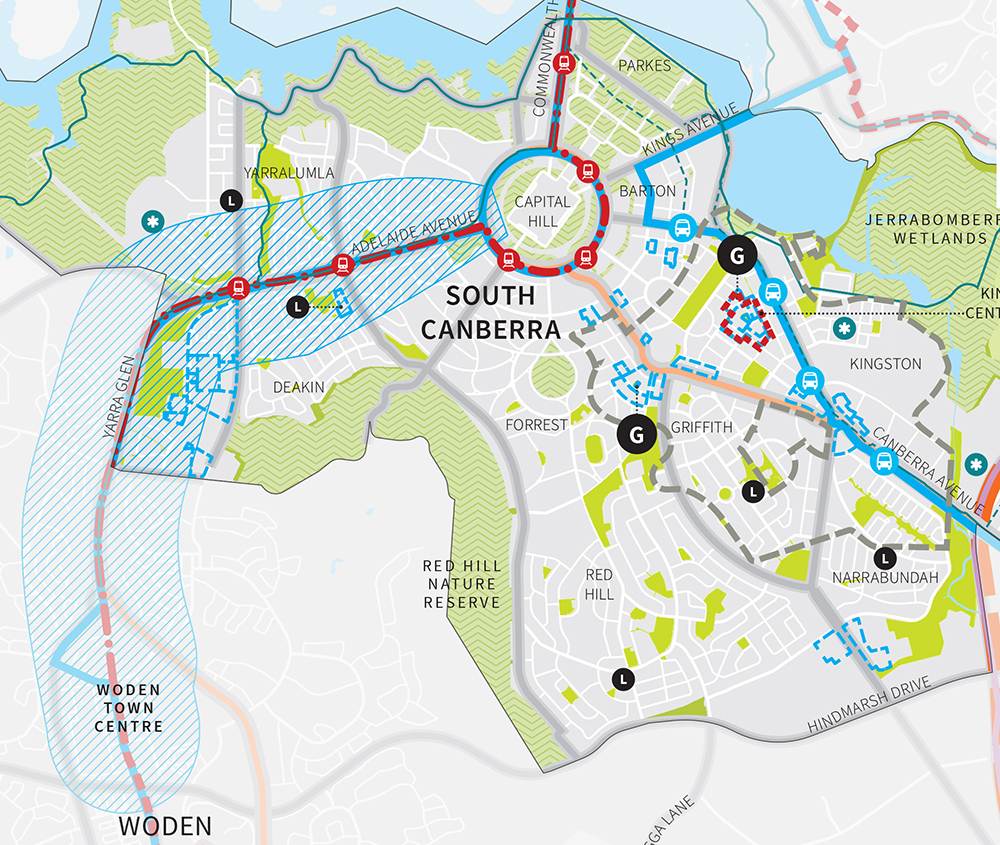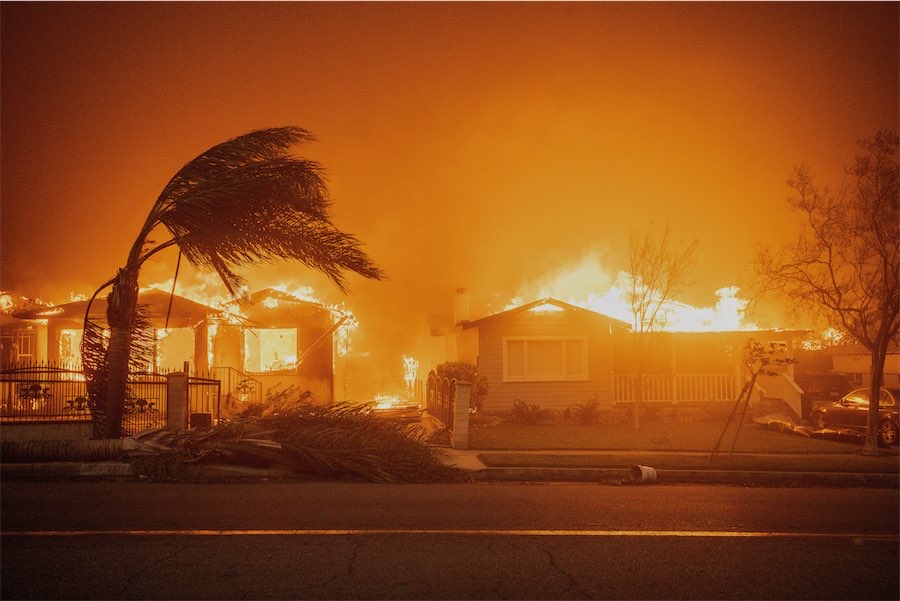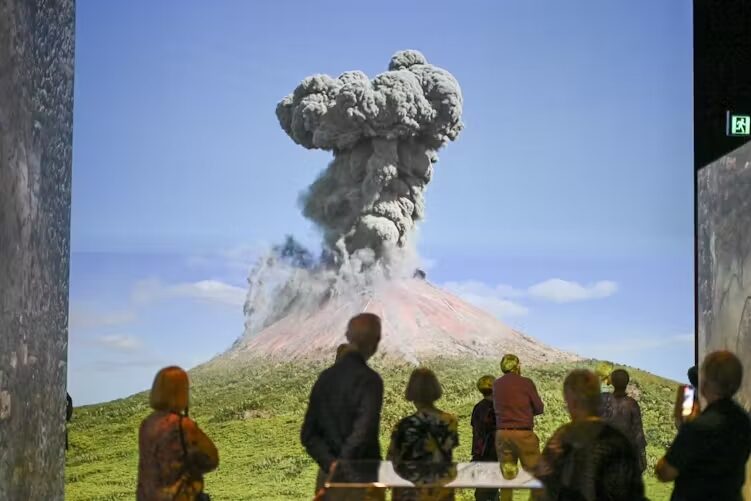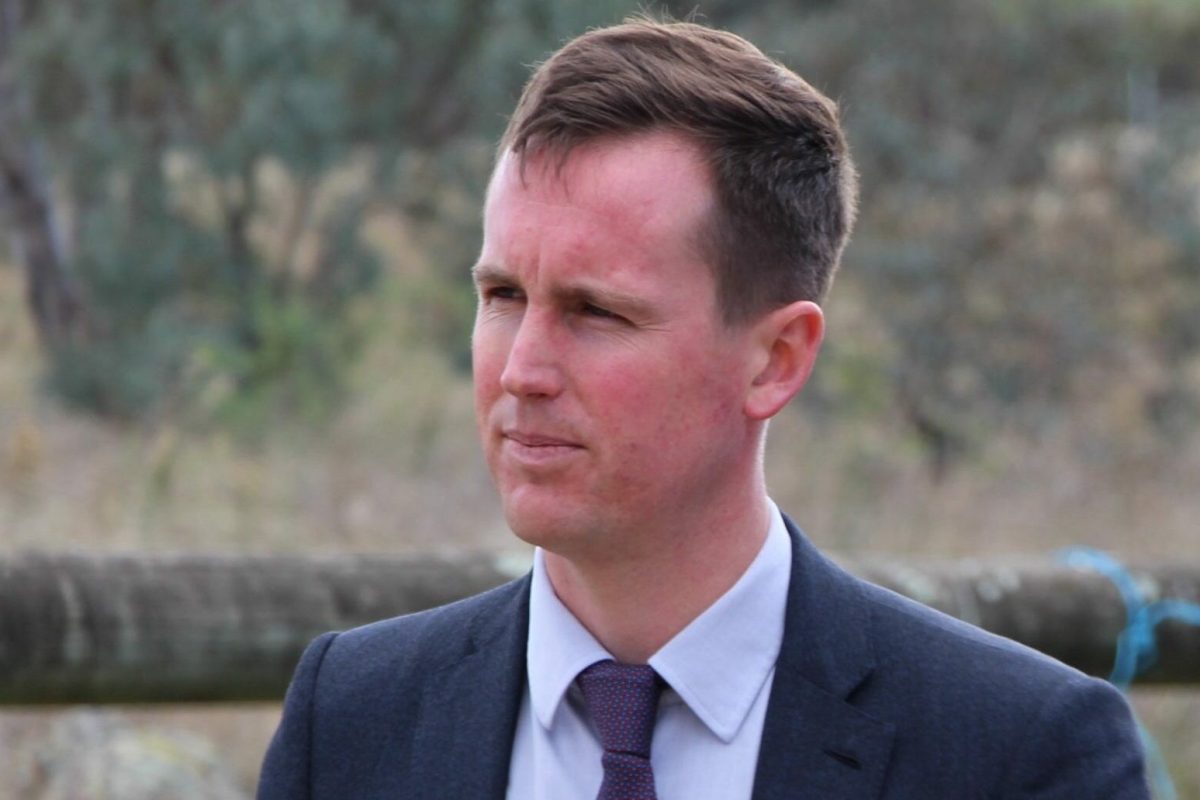No surprises: the prison is in the news again and little wonder, writes “Seven Days” columnist IAN MEIKLE, when an FOI search reveals a staggering number of women put through the ignominy of being strip-searched by prison guards. But why?
FROM October 1 until April 30 officers at the Alexander Maconochie Centre thought it was okay to strip-search a woman prisoner, on average, every day.
 That’s 208 times over seven months they saw the need to forcibly take the clothes and the dignity from these women.
That’s 208 times over seven months they saw the need to forcibly take the clothes and the dignity from these women.
What a stain on human rights in the ACT and, surely, it’s the last straw in resisting a thorough, independent review of this cesspit prison.
What politician could possibly defend the oppressive strip-searching of these women, 58 per cent of whom were Aboriginal (total prison population 44 per cent)?
And what was found? Three searches (1.5 per cent) revealed drugs, meaning 98.5 per cent (205 women) of women who were forcibly strip-searched had no contraband contained within them.
How do we know this? The Melbourne-based Human Rights Legal Centre mounted a Freedom of Information request.
In March, Prisons Minister Mick Gentleman told “CityNews” that “strip-searches are conducted in limited circumstances in ACT correctional centres to ensure detainees are safe and are not a threat to themselves or others”. The minister clearly doesn’t know what’s going on, either.
Following the release of the strip-search information, a shocked and angry Julie Tongs, the CEO of the Winnunga Nimmityjah Aboriginal Health and Community Services, said her worst fears about the culture and management of the AMC have been confirmed.
She said that under the Corrections Management Act 2007, the director-general of corrections is required to maintain a register explaining the reason for each strip-search carried out in the prison. Despite this, 49 of the strip searches carried out during the six-month period appear to have been conducted without a reason.
In relation to the remainder the stated reasons for stripping the women bare were:
- On 38 occasions it was because they were to be transported to the ACT courts to attend a hearing.
- On 57 occasions it was because they had been returned to the AMC after attending a hearing at the ACT courts.
- In the remaining 49 cases the strip search was forced on the women at the time they were admitted to the prison.
Tongs said she personally found it impossible to believe the strip-search regime at the AMC has not had a deeply negative and dehumanising effect on the women concerned and not just on their dignity, self-esteem and sense of self-worth, but also their mental and physical health.
She said the fact the data reveals the stark over-representation of Aboriginal women among those being strip-searched confirms her long-held concern about the existence of systemic and institutionalised racism in the ACT justice system, including in ACT Corrections.

HERE’S a map that should send shudders down the spines of many inner-south residents. Forwarded by a local snout who reckons it looks like half of Yarralumla and Deakin is to be rezoned as part of the stage 2b light rail development, as well as large chunks of Barton, Griffith, Narrabundah, Kingston and Forrest.
So why the fear? The “Inner South District Consolidated Policy Plan” map was produced by the ACT government as part of a series of territory-wide, district planning, community workshops.
It has a wide, blue-shaded area, reminiscent of an anatomy chart of a flaccid penis, either side of Adelaide Avenue from the Parliamentary Triangle to the Woden terminus. And it is labelled the “Light Rail Investigation Area”.
What does that mean? “CityNews” planning columnist Paul Costigan will know. “No-one knows what that means,” he unhelpfully told me. “It’s never been openly discussed.
“It could be like Northbourne Avenue where they made 800 metres each side of the light rail up for rezoning and high-rise development to help pay for the rail.”
Inner South Canberra Community Council’s former chair Marea Fatseas reckons much the same, but that the shaded area looks way bigger than the 2018 Planning Strategy.
She also pointed out another worry, a light grey dashed line representing “Urban Intensification Areas”, whatever they are, around most of Griffith, Narrabundah, Kingston, Kingston and parts of Barton and Forest.
Anyone who can work it out is welcome to comment to yoursayconversations.act.gov.au/ by 5pm on Sunday, July 18.
Ian Meikle is the editor of “CityNews” and can be heard on the “CityNews Sunday Roast” news and interview program, 2CC, 9am-noon.
Who can be trusted?
In a world of spin and confusion, there’s never been a more important time to support independent journalism in Canberra.
If you trust our work online and want to enforce the power of independent voices, I invite you to make a small contribution.
Every dollar of support is invested back into our journalism to help keep citynews.com.au strong and free.
Thank you,
Ian Meikle, editor




Leave a Reply